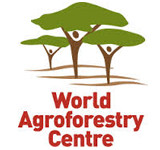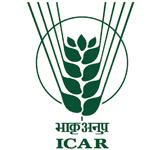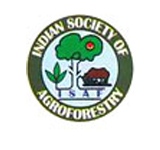
Vigyan Bhavan & Kempinski Ambience
10 - 14 February 2014
Delhi, India
blog
Drylands are home to almost one in three people in the world and support half of the world’s livestock. But when we think of drylands, Chile is not a country that immediately comes to mind.
However in the ‘Mediterranean’ semi-arid region of Central Chile lies the Espinal. This savannah-like landscape covers 3.8 million hectares and is of great importance to small and medium scale farmers who graze their livestock under a canopy of native ‘espino’ or Acacia caven trees.
As Alejandro Lucero explained during his presentation at the Congress, the Espinal is a dryland agroforestry system under threat. “Overuse for grazing and timber extraction has left much of the Espinal highly degraded,” he explained.
Lucero believes conserving and rehabilitating this silvopastoral system could lead to social and environmental sustainability for farmers in Central Chile.
“The Espinal is one of the most important resources in semi-arid Chile,” said Lucero. It not only provides fodder for livestock but firewood and charcoal, fruits and seeds that produce flour, cosmetics and medicines.
The Acacia caven trees in this agroforestry system protect livestock from extremes of heat and cold. The trees also benefit the soil; contributing to nutrient cycling, adding organic matter and increasing the availability of moisture.
While the system is protected under the Native Forest Law, forest management plans currently fail to optimize its development and maintenance as a sustainable agroforestry system.
Lucero hopes that renewed interest and investment in the Espinal will lead to a global analysis of optimal pasture production, livestock and tree product harvesting that can sustain the system over the long-term.
By Kate Langford
—
Download Alejandro Lucero’s abstract
—
Related articles
Root-Bernstein, M and Jaksic F (2013) The Chilean Espinal: Restoration for a Sustainable Silvopastoral System. Restoration Ecology 21 (4): 409-414
Rewilding Chile’s savanna with guanacos could increase biodiversity and livestock
By Kate Langford







1 Trackback(s)